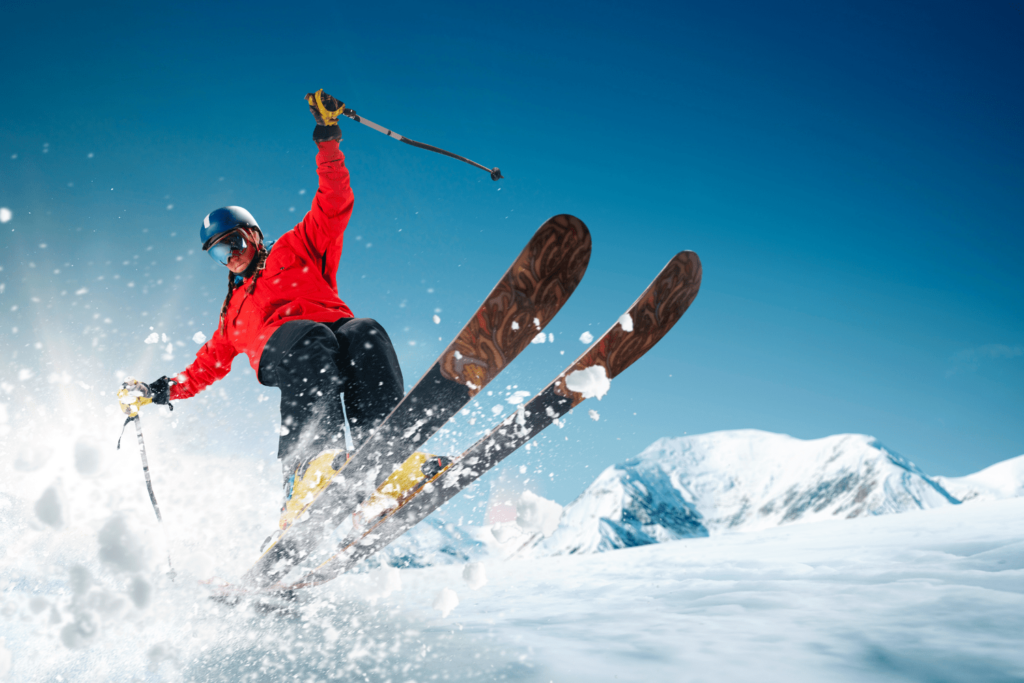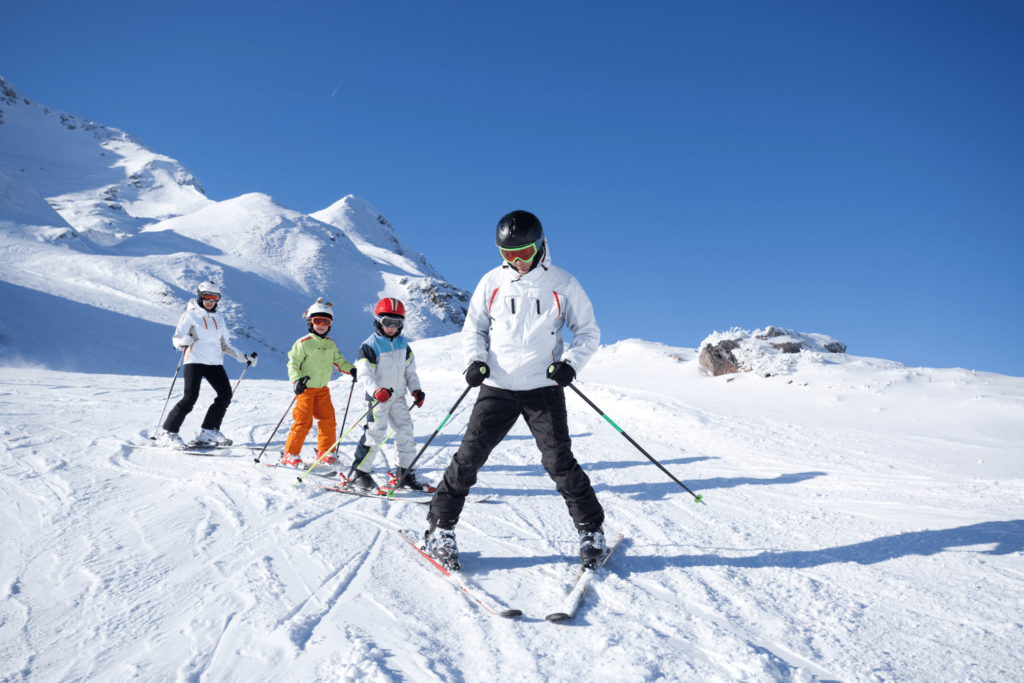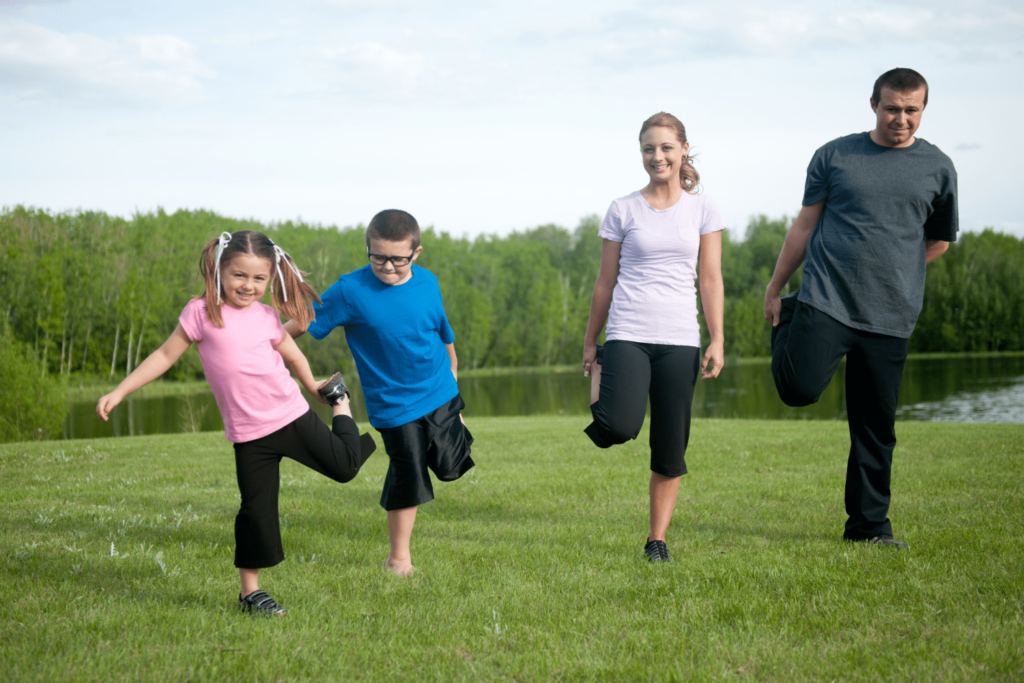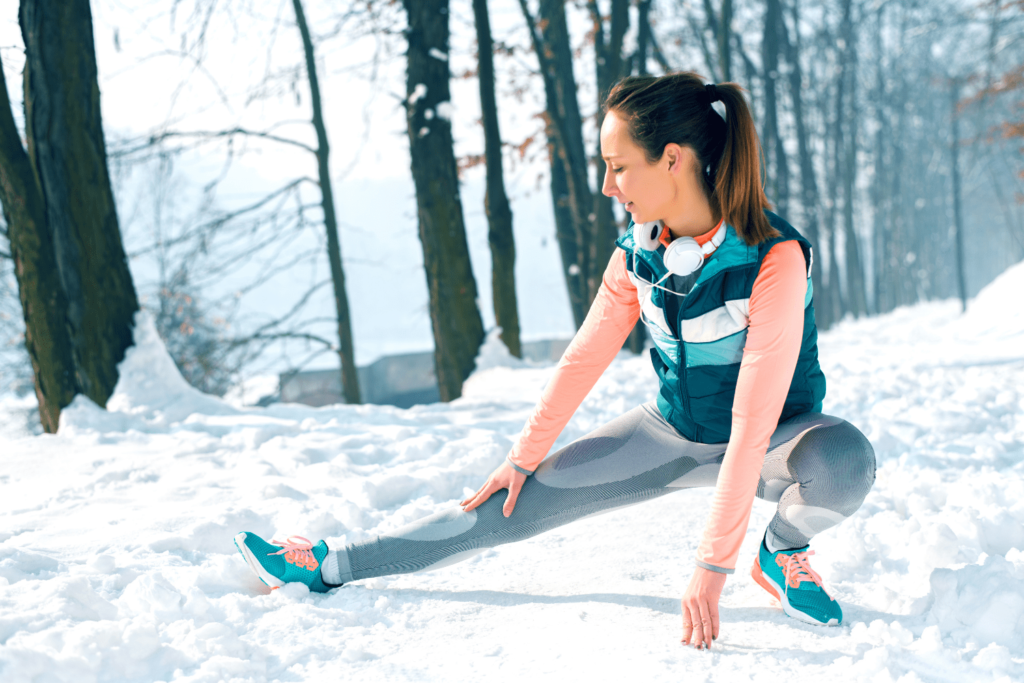For a skier, there’s nothing quite like the rush of speeding down a slope, carving sharp turns, and feeling the fresh mountain air. Skiing is not just a sport; it’s a passion that gives a sense of freedom, achievement, and connection to nature. But for many skiers, an injury such as hip bursitis can put a sudden stop to their adventures. The pain in the outer hip, often accompanied by swelling, tenderness, and limited mobility, can quickly turn a dream skiing trip into a painful ordeal. The good news is that, with proper treatment and a thoughtful recovery plan, it’s possible to get back to skiing at full strength, even stronger than before.



Hip bursitis is a condition caused by inflammation of the fluid-filled sacs (bursae) that cushion the hip joint. In skiers, the repetitive movements and pressure placed on the hip joint can irritate the bursae, leading to pain and limited motion. While the condition can sideline skiers, understanding its causes, symptoms, and recovery strategies can set you on the right path to recovery.
When hip bursitis strikes, it’s essential to listen to your body. Initially, the pain may be subtle, manifesting as a mild ache in the outer hip that becomes more pronounced after skiing or intense physical activity. As the condition worsens, you might notice tenderness on the outside of your hip, swelling, and a decreased range of motion. If left untreated, the inflammation can lead to chronic discomfort that makes everyday activities, let alone skiing, challenging. Recognizing the early signs and taking proactive steps can prevent long-term damage and accelerate recovery.


For athletes, Carpal Tunnel Syndrome isn’t merely an inconvenience it can be career-altering. Fine-tuned wrist movements are critical for sports performance, and the loss of dexterity or strength can significantly impact results.
When a tennis player struggles to deliver a powerful backhand or a golfer loses control of their swing, these issues extend beyond mechanical difficulties. They become psychological challenges that can undermine confidence and focus. Addressing these setbacks requires a specialized approach that tackles both the physical and mental impacts of CTS on athletes.
Once the inflammation has subsided, it’s time to incorporate strengthening and flexibility exercises into your routine. These exercises will not only speed up your recovery but also improve the strength and flexibility of the muscles around your hip joint, preventing future injuries. Hip bridges, which involve lifting the hips while lying on your back, are great for strengthening the glutes and stabilizing the hip. Clamshells, where you lie on your side and open your knees while keeping your feet together, target the hip abductors and help maintain stability in the pelvis and hip joint. Stretching exercises for the hip flexors, hamstrings, and glutes can increase the range of motion and relieve tightness. If you’re unsure where to start, it’s always a good idea to consult a physical therapist who can create a personalized rehab plan tailored to your needs.



As you gradually regain strength, it’s important to return to skiing slowly. When you’re ready to get back on the slopes, take it easy at first. Warm up thoroughly before hitting the snow with dynamic stretches to activate the muscles around your hip. Focus on maintaining proper technique while skiing to avoid unnecessary strain on your hips. It’s also helpful to take frequent breaks to prevent overloading your body and make sure your ski boots fit properly to reduce added pressure on your hip joint. Skiing with poles can also provide extra support and help distribute weight more evenly.
An often overlooked but crucial part of recovery is mental resilience. Skiers, especially competitive ones, may feel frustrated or impatient with the recovery process. But it’s important to remember that healing is a gradual process. Rather than focusing solely on the physical limitations, embrace the recovery as an opportunity to improve your overall fitness. Build a strong core, improve your balance, and work on your flexibility. All of these will make you a better skier when you return to the slopes. Additionally, setting small goals and celebrating each milestone, whether it’s a pain-free walk or a successful day on the slopes, can help keep you motivated throughout the recovery process.
Once you’ve healed, it’s essential to prevent future injuries. Strengthening the muscles that support your hips, core, and legs should be a regular part of your training routine. Focus on exercises that target these areas, such as squats, lunges, and planks. Flexibility exercises, like yoga or Pilates, can enhance mobility and promote better posture while skiing. Skiing technique also plays a significant role in reducing strain on your joints. Ensuring that you ski with proper alignment, avoid overexertion, and take frequent rest breaks will reduce the chances of hip bursitis returning.
Lastly, listen to your body. If you start feeling pain or discomfort in the future, don’t ignore it. Catching the signs of potential bursitis early can help you avoid a prolonged recovery process. Recovery from hip bursitis requires patience and commitment, but it’s entirely possible to come back stronger than before.
Skiing is a dynamic and exhilarating sport, but it demands a lot from your body. Injuries like hip bursitis can temporarily derail your passion, but they also present an opportunity to better understand your body and its limits. With the right approach to recovery—rest, rehabilitation exercises, and a gradual return to skiing—you can heal from hip bursitis and get back to skiing like a pro, stronger and more aware of your body than ever. So take your time, stay committed to the process, and when you hit the slopes again, you’ll be ready to tackle them with confidence.
Elevate your performance with Apex Sports Clinic! Schedule an appointment today for personalized, expert care in optimizing your athletic potential.


